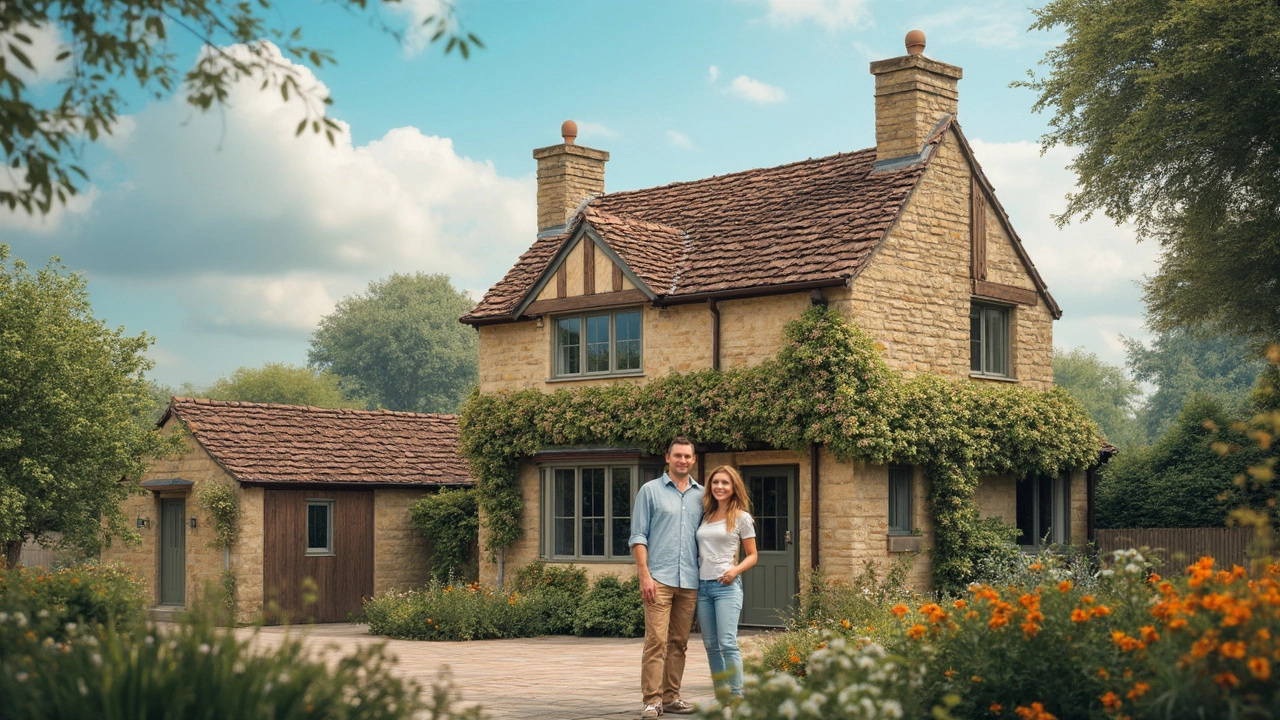Affordable Real Estate: How to Find Budget-Friendly Homes
Looking for a place you can actually afford? You’re not alone. Many people think owning a home is out of reach, but with a few smart moves you can land a decent property without breaking the bank.
First thing’s first – know your numbers. Use an online calculator or talk to a mortgage broker to figure out what monthly payment fits your income. A common rule is to keep housing costs under 30% of your take‑home pay. If you earn £36,000 a year, that means about £900 a month for mortgage, insurance and taxes. Anything higher starts to strain your budget.
Start with the Right Neighborhood
Not all areas cost the same. Look for up‑and‑coming zones where prices are still low but amenities are improving. These neighborhoods often have good transport links and schools, which can boost resale value later. Check local council plans – new parks or transport projects often signal future price growth.
Rental markets work the same way. If you’re renting, aim for a place that offers flexibility and room to grow. A shared house or a property with a spare bedroom you can rent out can cut your costs dramatically. Our guide on "Rental Property Profit" explains how to target a 5‑10% yield, which is a solid benchmark.
Smart Financing Tricks
Getting the right mortgage is half the battle. If your credit score is solid – think 700+ – you’ll qualify for better rates. For lower scores, consider a larger down payment or a government‑backed loan like an FHA, but be aware of the added insurance costs.
First‑time buyers can also tap into down‑payment assistance programs. In Virginia and North Carolina, there are grants that cover a portion of your deposit. Even if you’re not in the US, look for local schemes that offer similar help. The key is to act fast – funds run out quickly.
Another tip: avoid the “zero‑down” trap unless you’re absolutely sure you can handle higher monthly payments and potential interest spikes. It can feel like a win, but the long‑term cost often outweighs the short‑term gain.
Lastly, keep an eye on hidden expenses. Property taxes, maintenance fees, and insurance add up. When you calculate affordability, include a buffer of 5‑10% of the purchase price for these costs.
With these basics in mind, you’ll be better equipped to find an affordable home that fits your lifestyle. Remember, staying informed and planning ahead beats hoping for a miracle any day.
